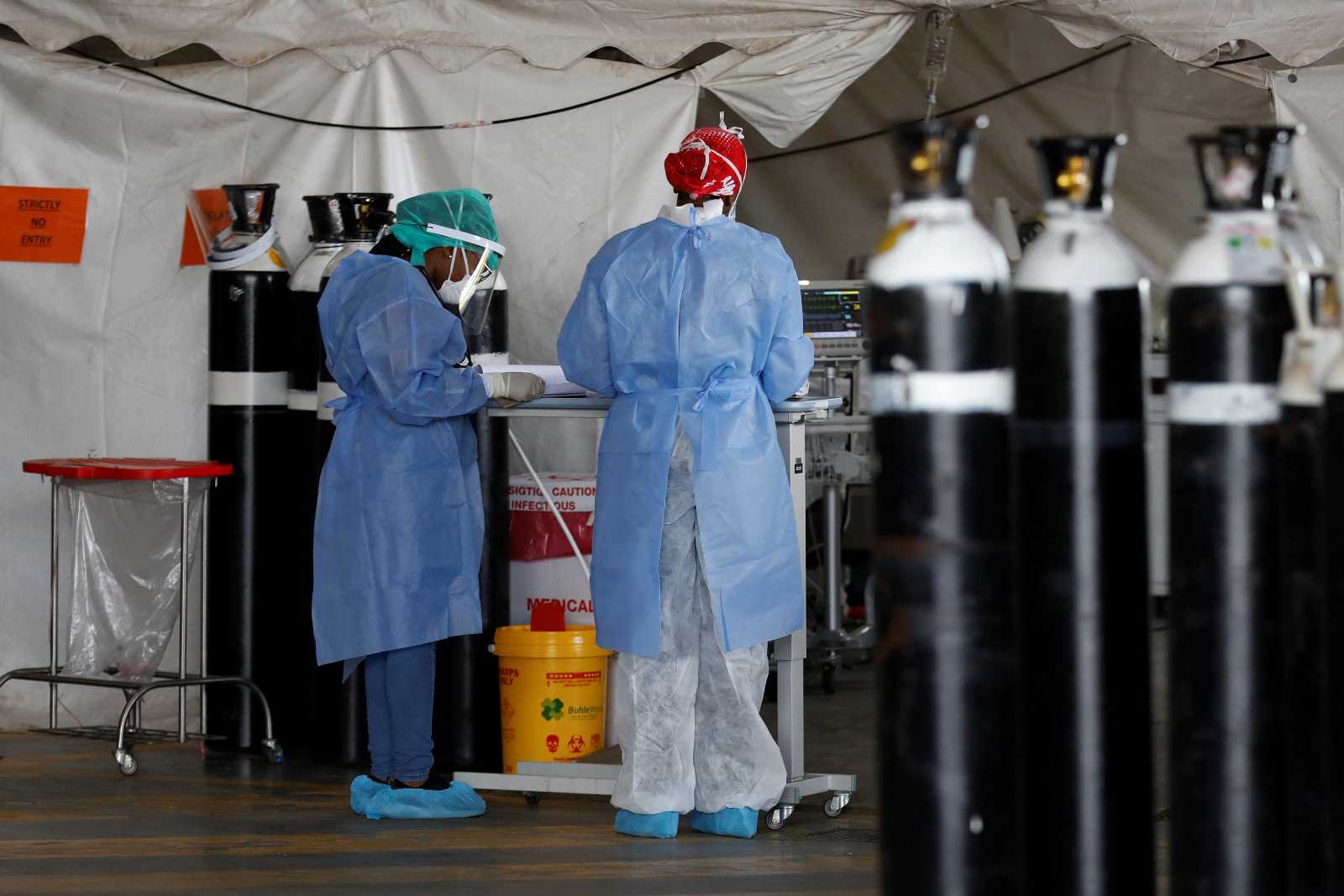Our view
Chemical intensification set to breach planetary boundaries

To kill weeds or bugs, a pesticide must be poisonous, and fuels must be combustible. In many cases, however, a chemical’s dangerous aspect does not serve useful function. Such usages must stop.
International chemicals regulation must achieve more things, however. It is also essential to limit the use of chemicals in general. At the current rate, the international chemical industry is doubling its production every 10 to 12 years. Ten thousands of different substances are sold on the world market, and new ones keep being invented. Scientists agree that this cannot continue without planetary boundaries being breached. To some extent, they have been breached already. Achieving sustainability will depend on three approaches which serve environmental protection in general:
- The efficiency of products and production processes must improve. Apart from technical innovation, this will require the political will to insist on more durable goods.
- Recycling must increase. So far, only very few chemicals are re-used in ways that would fit a truly circular economy.
- Consumption must decrease. This applies particularly to prosperous nations that consume an excessive share of global resources.
Without international cooperation, humankind will neither achieve sound chemicals management nor sustainability in general. Chemicals permeate the world economy, with patterns of production, use and disposal spanning the globe. Rare earths, for example, are mined in Africa, then used in China for the production of smart phones, which are then sold in the EU or the USA. As electronic waste, they tend to end up in Asia again. Recycling rates are poor, however, and must increase dramatically. At the same time, the benefits of chemicals must be shared more fairly – and the costs must be spread in an equitable way. So far, health hazards and environmental impacts particularly affect localities where raw materials are produced or waste is disposed of.
So far, chemical intensification and its impacts are not getting the same attention as global heating and the dwindling of biodiversity, two other existential global crises. Obviously, these trends are mutually reinforcing. For example, pesticides, chemical fertilisers and plastic-waste contamination are driving genetic erosion. The energy-intensive chemical industry, moreover, causes considerable carbon emissions. Rising temperatures, in turn, make some chemicals more toxic.
Environmental pressure groups insist that sound chemicals management must become the third pillar of any sustainability strategy, along with the protection of biodiversity and the climate. At the international level, a UN convention on chemicals management – similar to the UN Framework Convention on Climate Change – could be helpful. It could define an upper limit for chemical intensification resembling the 1.5° goal of the Paris Agreement on Climate Change. For that purpose, two things would have to be determined first: How much chemistry exactly does humankind need? And how much can the global ecosystem cope with?
Katja Dombrowski is member of the editorial team of D+C Development and Cooperation / E+Z Entwicklung und Zusammenarbeit.
euz.editor@dandc.eu














